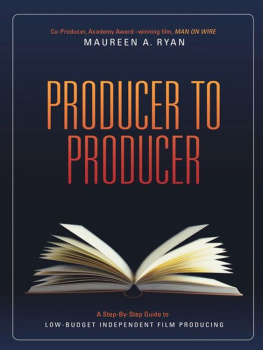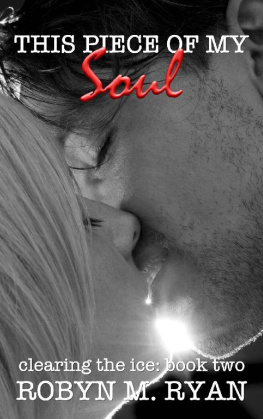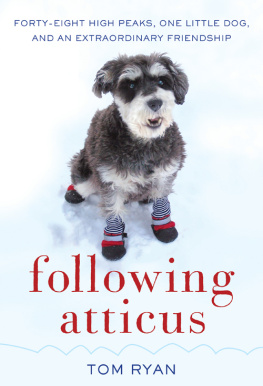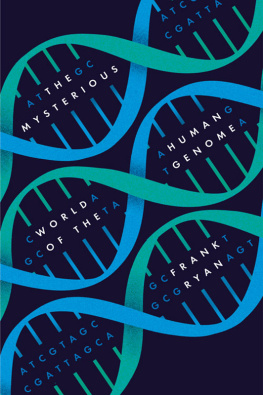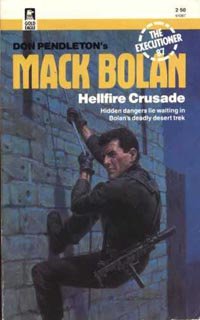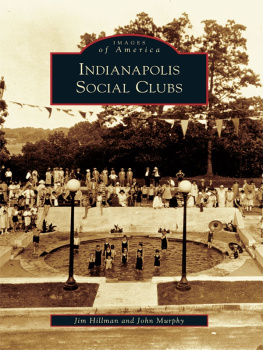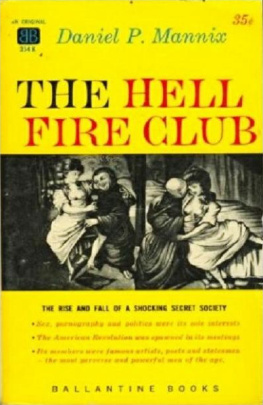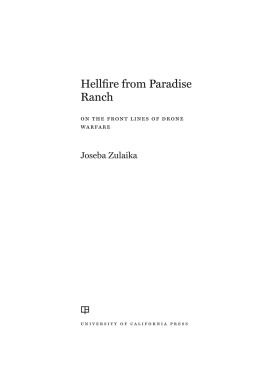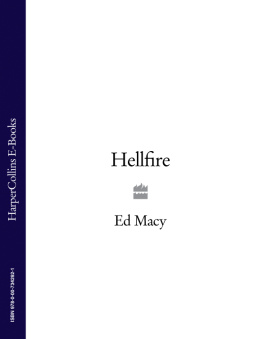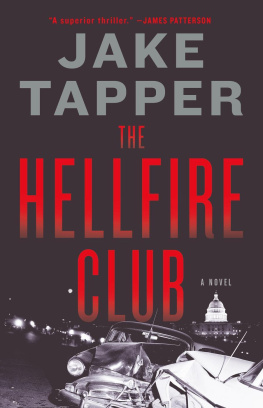About the author
David Ryan holds a Masters degree in History from NUI Galway and has published articles on different aspects of eighteenth- and nineteenth-century Irish history. Blasphemers & Blackgyards: The Irish Hellfire Clubs is his first full-length publication. He currently lives in Dublin, where he works as a television researcher and writer.
Blasphemers
& Blackguards
The Irish Hellfire Clubs
David Ryan
First published in 2012 by Merrion
an imprint of Irish Academic Press
| 2 Brookside | 920 NE 58th Avenue, Suite 300 |
| Dundrum Road | Portland,Oregon, |
| Dublin 14, Ireland | 972133786, USA |
2012 David Ryan
British Library Cataloguing-in-Publication Data
An entry can be found on request
978-1-908928-03-0 (cloth)
978-1-908928-01-6 (paper)
Library of Congress Cataloging in Publication Data
An entry can be found on request
All rights reserved. Without limiting the rights under copyright reserved alone, no part of this publication may be reproduced, stored in or introduced into a retrieval system, or transmitted, in any form or by any means (electronic, mechanical, photocopying, recording or otherwise) without the prior written permission of both copyright owner and the above publisher of this book.
Typeset by FiSH Books Ltd, Enfield, London
Printed and bound by CPI Group (UK) Ltd, Croydon, CR0 4YY
For my parents.
Contents
List of Plates
Plates 1
Plates 2
Acknowledgements
Many people have assisted me with this book. In particular I wish to thank Professor James Kelly for his encouragement and advice at an early stage of my research and for his helpful and constructive comments on drafts of the work. I would also like to thank Lea Benson, Sghle Bhreathnach-Lynch, Emer N Cheallaigh, Clodagh Kingston, Adrian Le Harivel, Sandra McElroy, Professor Daith hgin, Dr Martyn Powell, Thomas Sinsteden and Christina Tse-Fong-Tai for their assistance with various aspects of the research, and the Earl of Rosse and Mervyn Whaley for allowing me to reproduce, respectively, portraits of the 1st Earl of Rosse and Thomas Buck Whaley. I am grateful to two scholars who are no longer with us, the late A.C. Elias Jr and the late Knight of Glin, for their invaluable input and expertise on hellfire club portraiture and aspects of the hellfire club phenomenon.
Research for this study was undertaken in libraries, archives and art galleries in Ireland and Britain. I am grateful to the staff of the following institutions for their courtesy and assistance: the Dublin City Library and Archive, the National Archives of Ireland, the National Gallery of Ireland, the National Library of Ireland, the National Museum of Ireland, the Public Record Office of Northern Ireland, the Royal Irish Academy, Trinity College Dublin, the Department of Irish Folklore at University College Dublin, the British Library, the Courtauld Institute of Art, the National Archives, Kew, and the National Portrait Gallery, London.
Thanks to Cos Egan for taking me to view the remains of the hellfire club turret in Doonass, County Clare, Don McGann for the photocopies, and Eamonn, Laura, Jen, Egon, Karina and Omar for their input, help and encouragement. Thanks to Keith and Diana for accommodating me during a research trip to Belfast. Many thanks also to Joan Ryan, Judy Ryan and Marie Ryan for reading and commenting upon sections of the work at draft stage, and Michael F. Ryan for offering general advice and assistance.
I would like to thank my publisher Lisa Hyde for her positive response to an early draft of the work and for encouraging me to expand it into the present full-length study, which she has resolutely supported for publication.
Some years ago a number of people assisted me with filming for a mooted documentary on the Dublin Hellfire Club. While this project was never realized, it inspired me to continue researching the subject, the result of which is the present publication. Thanks to Colin Killeen, Duncan Lacroix, Duncan MacFadyen, Des Mulcahy, John Mulcahy and Kerrill Thornhill for their assistance with this unfinished documentary. Perhaps some day it will be completed!
Note on the Text
Prior to the adoption of the modern Gregorian calendar in Britain and Ireland in 1752, each New Year legally began on 25 March rather than 1 January. In practice, however, Gregorian or New Style dates were frequently given. For instance, many Dublin newspapers of the period listed dates between 1 January and 24 March in composite form (e.g. 10 March 1737/38). New Style is used to refer to dates throughout the text. Where Old Style dates are quoted on newspapers, documents or extracts from documents, the New Style date is given in squared brackets.
The text contains many quotations from printed or manuscript primary sources. In these quotations capitalization has been standardized. Where names of people, places, months, etc. were italicized, these have been standardized to normal font. Spelling and punctuation have been left unchanged from the original.
List of Abbreviations
| Add. Ms. | Additional Manuscript |
| BL | British Library |
| DEP | Dublin Evening Post |
| DG | Dublin Gazette |
| DIB | Dictionary of Irish Biography from the Earliest Times to the Year 2002 , 9 vols (Cambridge, 2009) |
| DNB | Dictionary of National Biography |
| DNL | Dublin News-Letter |
| FDJ | Faulkners Dublin Journal |
| FJ | Freemans Journal |
| HJ | Hibernian Journal |
| HMC | Historical Manuscripts Commission |
| IFC UCD | Irish Folklore Collection, Department of Irish Folklore, University College Dublin |
| IHS | Irish Historical Studies |
| JCKAS | Journal of the County Kildare Archaeological Society |
| JRSAI | Journal of the Royal Society of Antiquaries of Ireland |
| NAI | National Archives of Ireland |
| NGI | National Gallery of Ireland |
| NLI | National Library of Ireland |
| ODNB | Oxford Dictionary of National Biography , 60 vols (Oxford, 2004) |
| PO | Pues Occurrences |
| PRIA | Proceedings of the Royal Irish Academy |
| PRONI | Public Record Office of Northern Ireland |
| RIA | Royal Irish Academy |
| SNL | Saunders News Letter |
| TCD | Trinity College Dublin |
| TNA | The National Archives, Kew, London |
| WHM | Walkers Hibernian Magazine |
Chapter one
Introduction
On Mountpelier Hill in south County Dublin there stands an enigmatic ruined hunting lodge. Not easy of access, it lies on the crown of the hill beyond a sloping coniferous wood and a sharp rocky incline. On finally gaining the summit, walkers attain not only a superb view of Dublin City but also access to this oddly shaped two-storey stone structure. A number of gaping holes that once accommodated doors and windows line the ground and upper floors. Entrance through a low aperture reveals a dank interior adorned with scrawled graffiti and bestrewn with rubbish. The overall impression is of a not very hospitable, and on the whole rather foreboding, edifice. The building is known as the Hell Fire Club or Hellfire Club, after the group of eighteenth-century aristocrats and gentlemen that supposedly once met there. For over two centuries it has been the subject of popular interest and many tales and legends. It is believed that here the Dublin Hellfire Club engaged in rampant orgies, excessive drinking and gambling, and sinister Satanic rituals. The most common folklore relates to members of the club being joined in a card game by a mysterious stranger who turns out to be the Devil. Other tales refer to banquets presided over by diabolical black cats, the burning of a butler or other servant, and the destruction of the lodge by fire.


